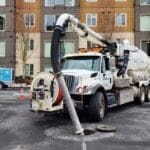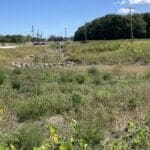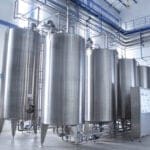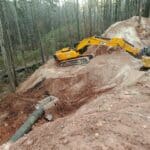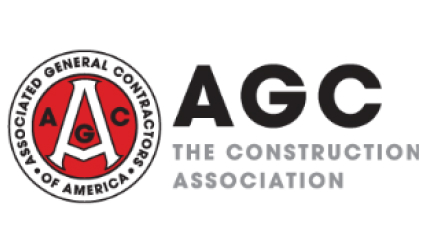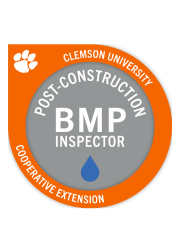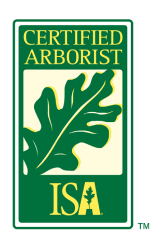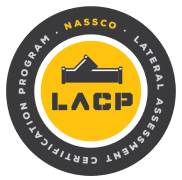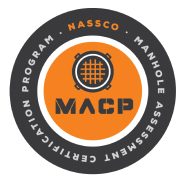Pond Dredging

What is Pond Dredging?
Pond dredging is the process of removing organic matter from the bottom of a pond to restore its original storage capacity. For all stormwater systems, regardless of whether they have had a routine maintenance program or not, there will come a time in their lifecycle where sediment has accumulated to a volume that has to be removed.
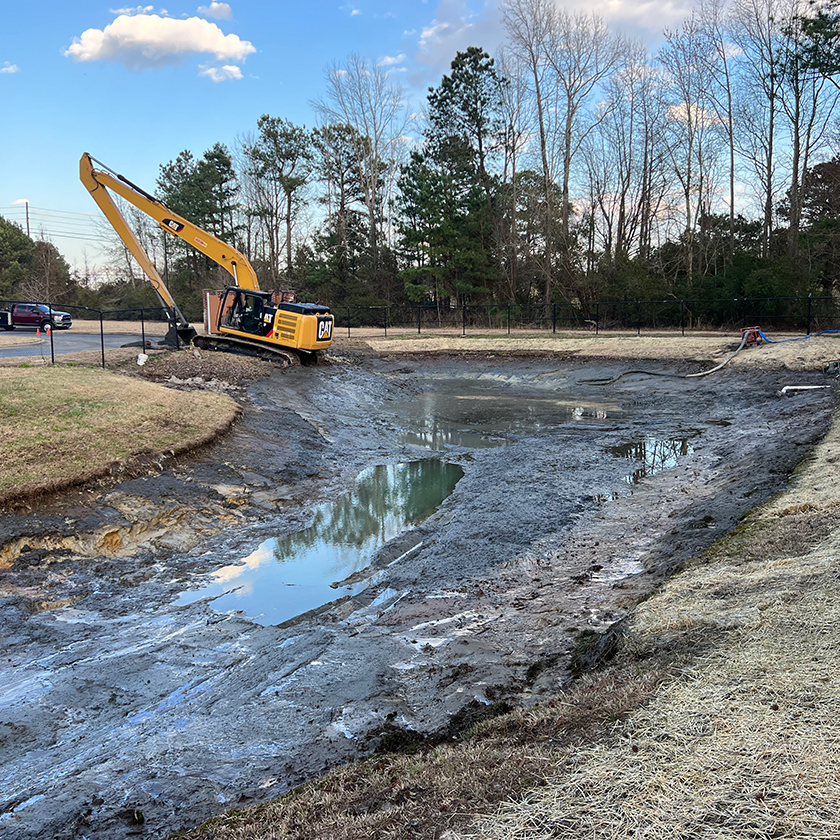
Sedimentation in Stormwater Ponds
Over time sediment, leaves, trash, debris and other organic matter settle on the bottom of the pond and decay into sludge or muck. This process is called sedimentation. The material compounds, altering the capacity of the pond, reducing the amount of water that can be held. This becomes a serious problem during rain events when ponds are supposed to collect and store runoff, but do not have the capacity to do so, resulting in flooding elsewhere.
Stormwater on Your Property
Some stormwater ponds are not designed to permanently hold water but due to sedimentation become clogged and no longer allow for proper drainage. These ponds must also be dredged to remove nuisance vegetation and compacted soils. As the depth of the pond is compromised due to sedimentation and decomposition, dredging may be appropriate to restore the pond to its original design. Removing this excessive organic material may also remove unwanted smells due to the decaying process and algae buildup.
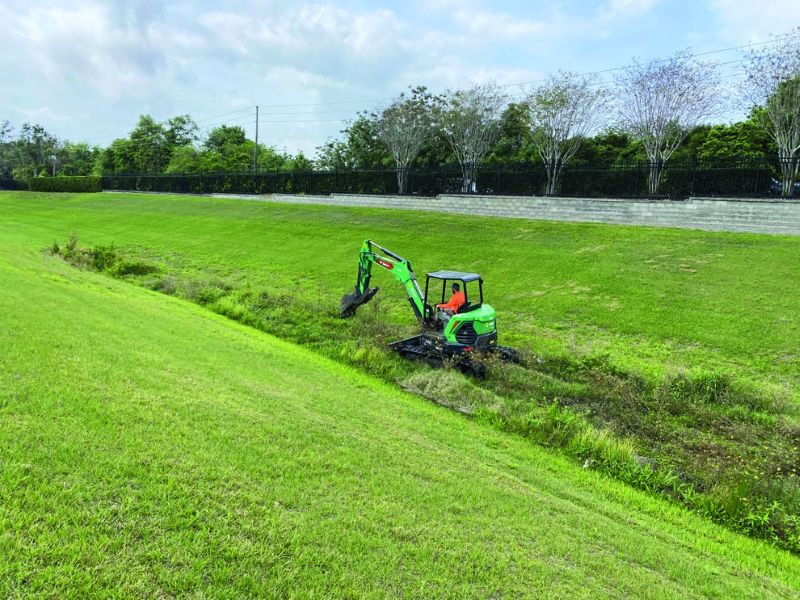
The four ponds on this property became sedimented over time and required dredging to comply with local regulations.
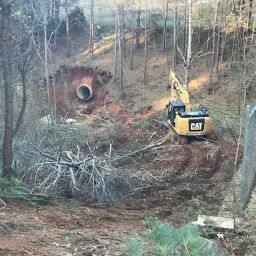
Learn more about common stormwater issues and how to stay ahead of them.
How Ponds are Dredged
In large scale operations, dredging may be done with a dredge machine, a barge with a submersible pump to collect sludge and a rotating blade attachment on the front to disrupt built up sediment. Dredging may also be done by dewatering the pond and excavating the material to the proper grade.
Often in this process, the pond is dewatered, and the excess water is held in a silt discharge bag temporarily while the pond bottom is excavated. The material from the bottom of the pond is then disposed of at the proper facility and the water is returned to the pond.
Benefits of dredging include:
- Reduced Risk of Flooding
- Improved Storage Capacity
- Improved Water Quality
- Improved Oxygen Levels
- Algae Reduction
- Smell Reduction
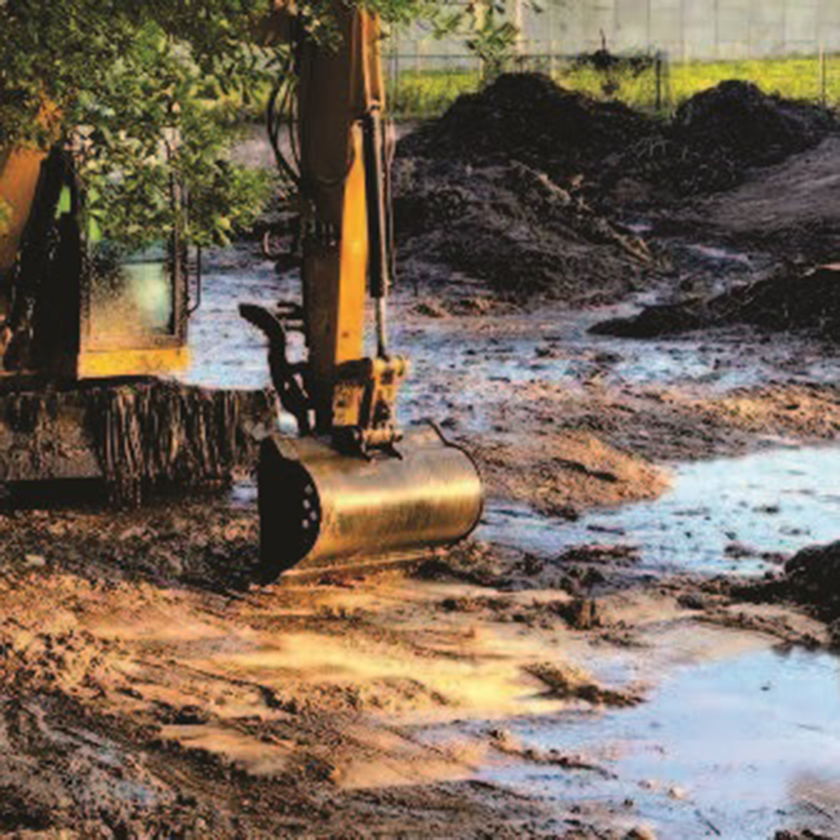
Pond Dredging and Rehabilitation in Michigan
Improper pond dredging and sediment stabilization lead to a second dredging at this educational facility. Learn more about why the original project failed and how this can be prevented on your property.
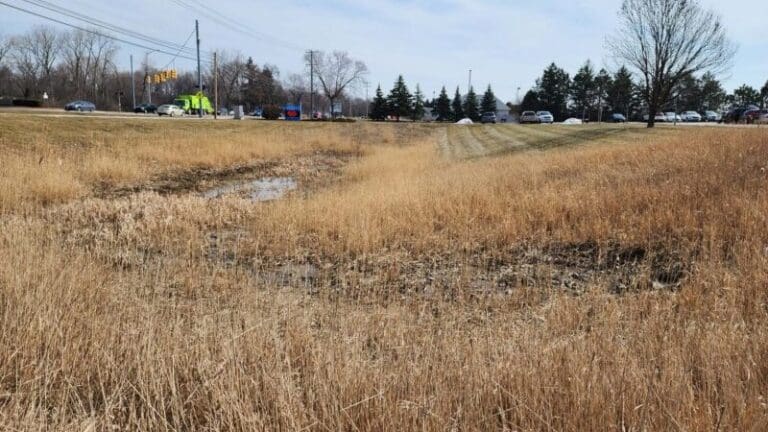
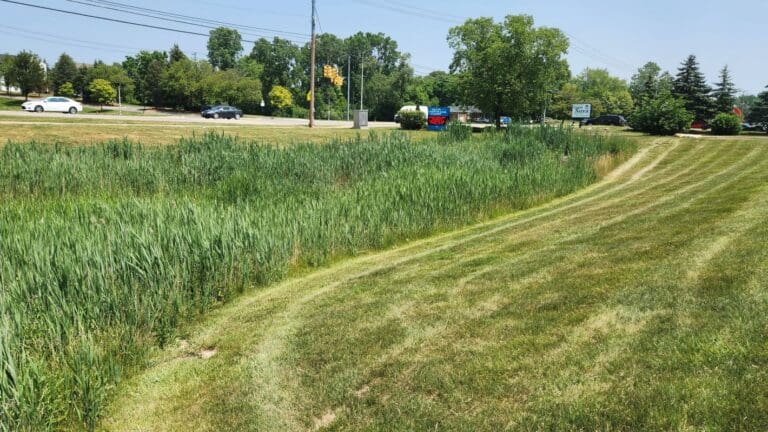
Did you receive an NOV? Have an urgent need? We can help.
Reach out to an AQUALIS representative today.
Frequently Asked Questions About Pond Dredging Services
Is pond dredging disruptive to my property's daily operations?
Our AQUALIS team strives to minimize disruptions during pond dredging, using methods designed to reduce impacts on your daily activities.
How long does pond dredging with AQUALIS typically last?
Pond dredging with AQUALIS typically offers several years of reliable function, depending on regular upkeep and conditions.
Does weather affect how quickly pond dredging can be completed?
Weather conditions can impact pond dredging scheduling with AQUALIS, especially heavy rain or extreme conditions, but we will adjust to minimize delays.
How frequently should pond inspections be performed for preventative care?
Annual stormwater pond inspections are recommended by AQUALIS, with additional checks following severe weather events or noticeable changes.
Does pond dredging enhance my property value?
Maintaining your stormwater infrastructure through pond dredging with AQUALIS can significantly enhance property value and reduce liability risks.
Does AQUALIS perform pond dredging nationwide?
Yes, AQUALIS provides pond dredging nationwide through regional experts familiar with local regulations.
Can AQUALIS assist with regulatory compliance related to pond dredging?
Our AQUALIS team handles compliance documentation and communications with local regulatory agencies throughout the process.
Can AQUALIS provide customized pond dredging service plans for specific sites?
At AQUALIS, we tailor customized pond dredging plans to meet each property’s unique needs, regulatory requirements and infrastructure conditions.
What’s involved in the initial assessment for pond dredging?
Initial assessments with AQUALIS for pond dredging services typically involve visual inspections, structural evaluations and site map evaluations.
Is AQUALIS experienced in working with commercial and retail properties for pond dredging?
Our AQUALIS team has extensive experience with commercial, retail and industrial properties for pond dredging, managing complex stormwater systems nationwide.
How quickly does AQUALIS respond to pond dredging consultation requests?
Our AQUALIS team typically responds to requests for pond dredging consultation within 24 hours to discuss your specific needs.
Does AQUALIS utilize specialized equipment for pond dredging?
Yes, our AQUALIS technicians use advanced equipment and proven techniques suited for various stormwater infrastructure services, including pond dredging services.
Will AQUALIS restore my system to its original design capacity?
At AQUALIS, we always aim to restore stormwater systems to their original or improved performance standards as required by regulations.
Does AQUALIS offer post-pond dredging inspections or guarantees?
Yes, our AQUALIS team will conduct thorough post-pond dredging inspections to ensure lasting effectiveness and compliance.
What are common indicators that I need pond dredging services?
Your stormwater pond may need to be dredged if it has not been maintained in years or if water is often flowing out of the outlet control structure. From inside the pond, an AQUALIS stormwater professional can measure the accumulated sediment to determine if dredging is necessary.
Are permits usually required for pond dredging?
Permits for pond dredging vary across municipalities and by the amount of disturbance.
Can preventative maintenance reduce the need for extensive stormwater pond repairs?
Regular preventative maintenance greatly reduces the risk of major issues, extending the life of your stormwater system. Your system may still need repairs, but identifying issues early with AQUALIS will ensure they are repaired before they escalate to full failure.
Can neglecting pond dredging lead to regulatory fines?
Yes, neglecting necessary stormwater pond maintenance or repairs with AQUALIS can result in regulatory violations, potential fines, business disruptions and safety hazards.
